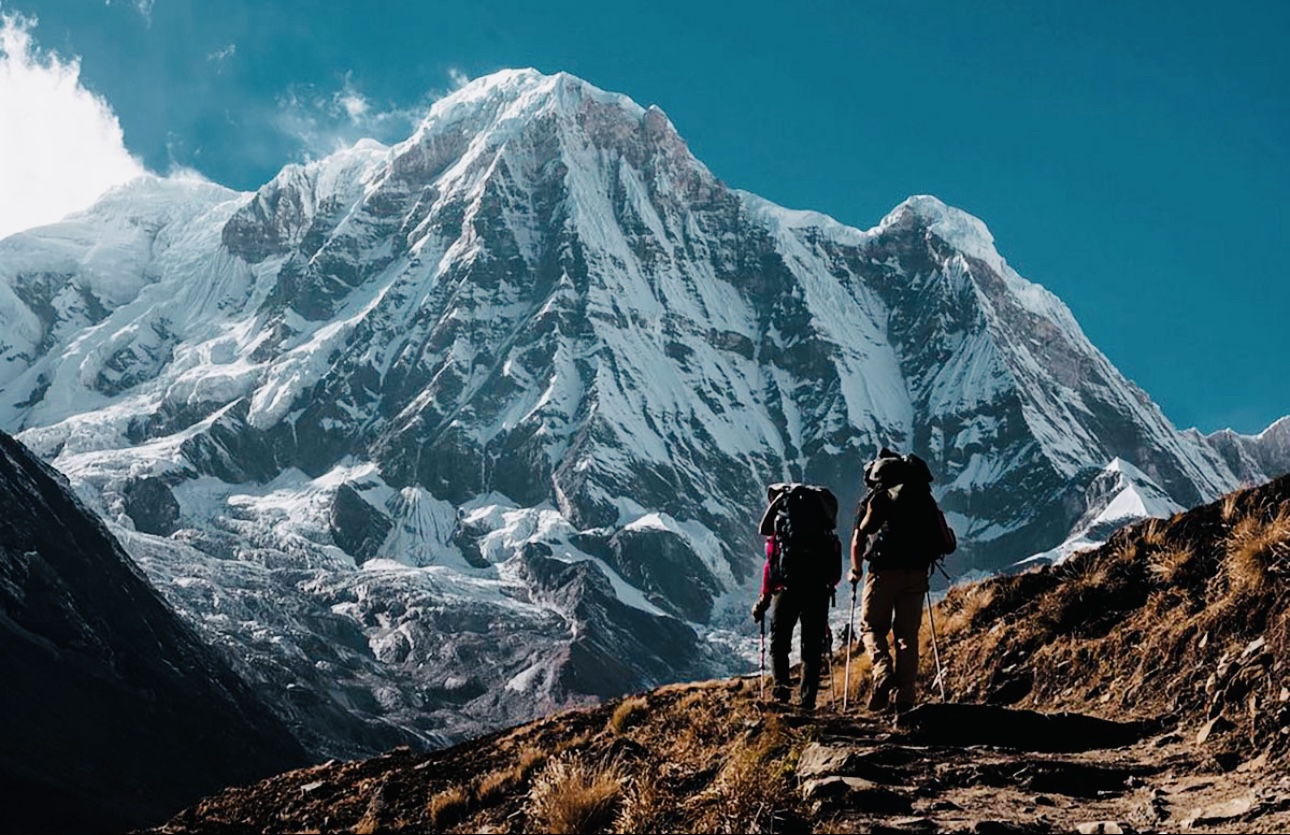Environmental Issues on Everest: Adventure and Sustainability

Environmental Concerns on Mount Everest: Combining Adventure with Sustainability
Mount Everest, the tallest mountain in the world, continues to attract adventurers and tourists. However, with more people visiting, there are serious environmental problems. Here’s a look at these issues and ways to promote sustainable tourism to protect this beautiful place.
1.Waste Management
With the increasing number of climbers and hikers on Everest, effective waste management has become crucial. To address this challenge, there are ongoing efforts to encourage responsible disposal of both trash and human waste. Many guiding companies are now providing clear instructions and facilities to ensure that waste is handled properly. These initiatives not only help maintain the mountain’s pristine environment but also foster a culture of responsibility among climbers, ensuring that Everest remains clean for future adventurers.
2. Human Waste
As the number of visitors to Everest continues to rise, managing human waste has become a significant concern. The influx of climbers puts immense pressure on the fragile environment, leading to pollution and health risks. To combat this issue, innovative solutions like portable toilets and dedicated waste collection services are being implemented. These measures help reduce environmental impact, ensuring that the base camp remains clean and hygienic for everyone.
2. Climate Change
Climate change is profoundly affecting Everest, with melting glaciers and shifting weather patterns creating new challenges. While this is a global issue, raising awareness and educating climbers about environmentally friendly practices can make a difference. By promoting strategies to lower carbon emissions during climbs, such as using sustainable gear and minimizing waste, the climbing community can contribute to protecting the mountain and its ecosystem for future generations.
4. Overcrowding
More climbers mean more people on the mountain during busy times. By suggesting climbing during less popular times and offering different hiking paths, we can spread out the visitors throughout the year, easing the strain on the mountain and improving the experience for climbers.
5. Disturbing Wildlife
Human actions can disturb local animals. Responsible tourism means respecting animal homes and following rules to reduce disruptions, keeping the environment in balance.
Mount Everest continues to be a symbol of adventure and exploration. By following sustainable tourism practices, climbers and trekkers can enjoy their experiences while protecting the environment. Together, we can make sure this famous mountain continues to inspire future generations, combining the excitement of adventure with the duty of caring for nature.


